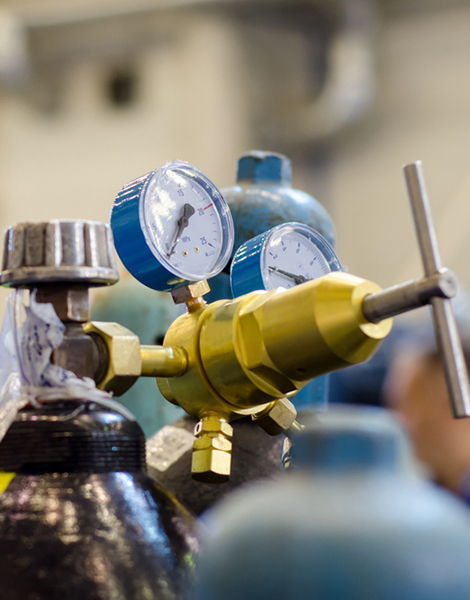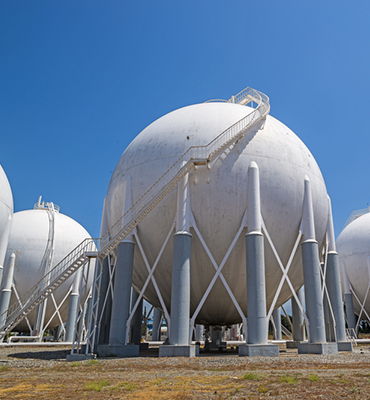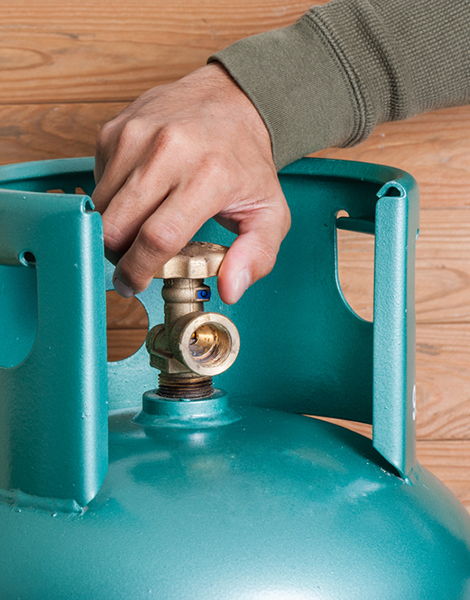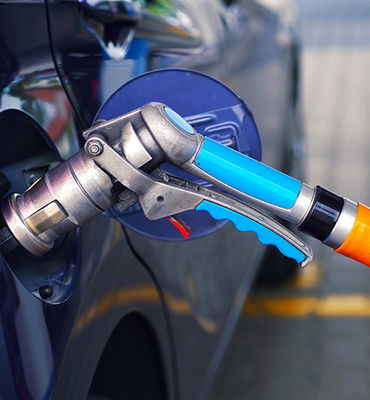LNG & LPG
Natural gas is a fossil energy source that formed deep beneath the earth's surface

Liquid
Natural Gas
DEFINITION of Liquefied Natural Gas (LNG)
Liquefied natural gas (LNG) is a composition of methane and some mixture of ethane used to convert natural gas to liquid form for ease and safety of storage transport. It is cooled to approximately -256 degrees Fahrenheit so that it can be transported from countries with a large supply of natural gas to countries that demand more natural gas than they produce. In its liquid state, natural gas takes up 1/600th of the space, making it much easier to ship and store when pipeline transport is not feasible. As world energy consumption increases, experts anticipate that the LNG trade will grow in importance.


BREAKING DOWN Liquefied Natural Gas (LNG)
Liquefied natural gas is primarily used to transport natural gas from one source to another. Exporters use this method when shipping to different countries and across bodies of water when pipelines aren’t available. There are two main approaches to liquefy natural gas in large quantities: the cascade process and the Linde method. The cascade process refers to the cooling of one gas by another gas, resulting in a cascading effect.
Despite having one of the world’s largest reserves of natural gas, the United States imports a small percentage of its natural gas as liquefied natural gas from Trinidad and Tobago, Egypt, Norway, Qatar, and Nigeria. Other major exporters of LNG include Indonesia, Russia, Yemen, and Norway. Russia has the world’s largest supply of natural gas, followed by Iran and Qatar. In 2008, Japan was the world’s largest importer of LNG. The main method of transportation is storage tanks ashore to vessel tanks.
Once the cargo is delivered, the natural gas is allowed to expand and convert back to its gaseous form. Regasification terminals are used to help convert temperatures back to a natural gas state.
Liquefied natural gas is best known as a transport tool, but it is starting to gain mainstream adoption. The automotive industry is evaluating the usefulness of the gas as fuel for internal combustion engines in over the road trucking, off-road vehicles, marine vessels and railways. China is one of the largest supporters of liquefied natural gas transportation with a fleet of over 100,000 vehicles.
Future of Liquefied Natural Gas
Global demand experienced rapid growth from near zero levels in 1970 to meaningful market share today. Consumption was expected to reach 280MMt in 2017, representing an 8.8% increase from the year prior. Average annual growth is predicted to hover at 4% until 2020 when demand will reach about 314MMtpa. Soon thereafter, the market may reach overcapacity, marked by greater supply, pricing pressure and lower volume.
Liquefied
Petroleum Gas


Natural gas is one of the world’s favorite fuels, but—in its usual piped form—you can’t use it just anywhere. You can’t pipe gas into a car to power the engine or take it with you when you go hiking in the mountains. Nor can you can run a gas pipe out to a boat in the middle of the ocean. And if you live somewhere reasonably rural, you probably can’t even have gas at home. But there’s a very simple way to enjoy the benefits of gas even when normal piped supplies are out of reach: you can convert to LPG (liquefied petroleum gas)—a really convenient, super-pressurized gas stored in liquid form in a tank, canister, or bottle. Let’s find out more about how it works!
What is LPG?
The basic idea of LPG is simple. If you’re far from a gas main (the ordinary system of natural gas supplied to buildings through a network of pipes), simply get your gas from a large fixed tank or a portable canister or bottle. As its name suggests, LPG is a fossil fuel closely linked to oil. About two thirds of the LPG people use is extracted directly from the Earth in the same way as ordinary natural gas. The rest is manufactured indirectly from petroleum (crude oil) drilled from the Earth in wells in the usual way.
Propane and butane
Chemically, LPG is a mixture of two flammable but nontoxic gases called propane and butane. Both of these are hydrocarbons (their molecules are made from different combinations of hydrogen and carbon atoms): propane molecules (C3H8) have eight hydrogen atoms attached to three carbon atoms, while butane molecules (C4H10) have ten hydrogen atoms bonded to four carbon atoms. LPG sometimes contains a variation of butane called isobutane, which has the same component atoms (four carbons and ten hydrogens) connected together in a slightly different way.
Use of LPG
Roughly half the LPG people use is consumed in homes for heating and cooking (in other words, instead of piped natural gas). Typically, this kind of LPG is delivered by road to a large tank placed safely outside a home or other building (for safety reasons). It’s also possible to buy reusable gas canisters (from such companies as Calor in the UK) for powering standalone stoves, heaters, barbecues, and outdoor patio heaters (now frowned upon because of the energy they waste to the open air). Tiny LPG canisters are also widely used in portable hair-care appliances, such as hair-curling tongs.
The rest of the LPG people use (the other 50 percent) is split roughly equally between cars and industrial uses (such as gas burners on construction sites). Although LPG provides less than 2 percent of the total energy people use, it’s still one of the most important alternatives to gasoline. Something like 6 million European vehicles (mostly low-emission buses and cars) run on LPG and there are about 17,500 gas stations in Europe supplying the fuel.
Where is this sourced from?
Basic details you need to know
Origin
Qatar, BP Indonesia
Packing
MT
Delivery
CIF
Price
TBA


